Language and Diversity
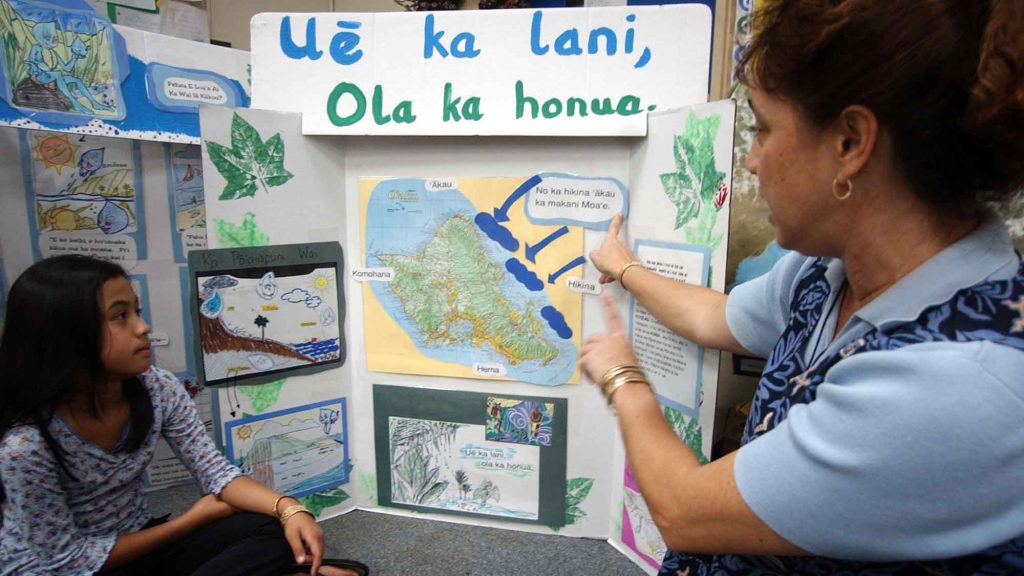
Linguistic anthropology lays plain the dynamic nature of languages and how they make possible a variety of different understandings of the world around us. In this unit, students will consider language creation and extinction, and explore a diversity of languages and the various ways researchers study languages.

Do You See What I See?
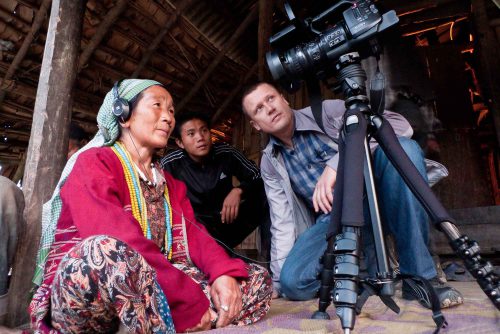
Where Do “New” Languages Come From?

A Call for Anthropological Poems of Resistance, Refusal, and Wayfinding

How Accurate Is the Stone Age Thriller Out of Darkness?

Making Anthropological Poetry Reel
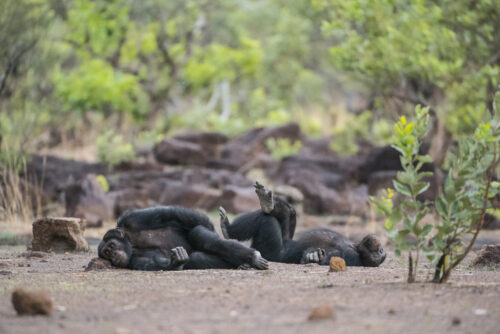
Spend a Day Tracking Chimpanzees
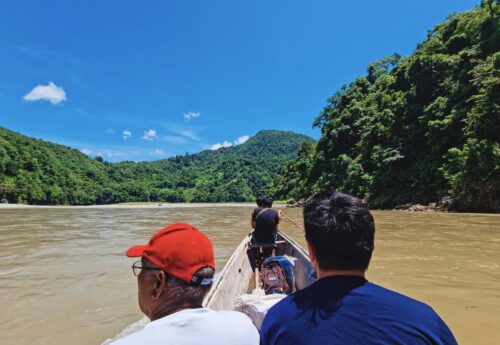
Writing Indigenous Oral Tradition to Fight a Dam

Why I Ask My Students to Swear in Class

On the Tracks to Translating Indigenous Knowledge

Infant, Name Once Known

Finding Footprints Laid at the Dawn of Time

Reading the Future of an Amazonian Mine

A Mausoleum of Our Everydays/Nai nsang negu herouki

What Is “Natural” for Human Sexual Relationships?

Speaking in Tongues

Why I Ask My Students to Swear in Class

Indigenizing What It Means to be Human

Best of SAPIENS 2022
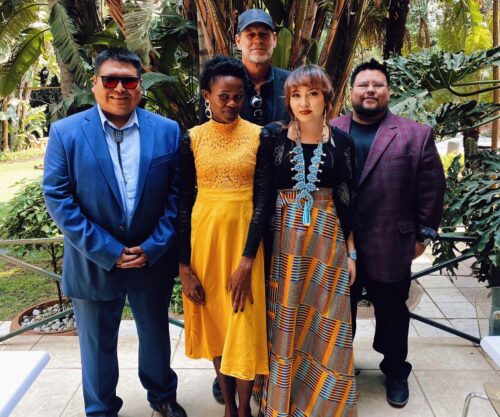
How a Song Bridged Diné and Ndebele Worlds

What Commentators Get Wrong (and Right) About North Korea
- Linguistic anthropologists are well-positioned to consider the cycles of languages: how they are created, how they change over time in numerous ways, and how they die.
- There are an estimated 6,000 languages spoken around the world, and this diversity represents different ways of seeing the world, interacting, and talking about social interactions, the environment, food, politics, and complex abstract concepts about time, space, color, the divine, etc.
- Linguistic anthropologists have been vocal about the predicament in which humanity find itself: that many languages are at risk of extinction.
- The study of linguistics and culture helps make sense of why languages are threatened, allows for a deep appreciation of the power of languages and the diverse perspectives they produce, and permits all of us to consider what can be done to stop this process.
- Some linguistic anthropologists also track the struggles and successes of people who are working to resuscitate dying languages and highlight ways to support these processes.
-
Limerick, Nicolas. 2018. “Attaining Multicultural Citizenship Through Indigenous-Language Instruction: Successful Kichwa Misfires and the Modeling of Modernist Language Ideologies in Ecuador.” Journal of Linguistic Anthropology 28 (3): 313–331.
-
Otheguy, Ricardo, Ofelia García, and Wallis Reid. 2015. “Clarifying Translanguaging and Deconstructing Named Languages: A Perspective From Linguistics.” Applied Linguistics Review 6 (3): 281–307.
- Discuss the beginnings of languages: Where do they come from? How are they created?
- Name some reasons why languages are at risk of extinction.
- Do you think that it is important to save languages? Do you think there are conditions under which some languages should not be saved?
- What does the 2017 SAPIENS article by Nicola Jones teach us about how language helps people understand the world?
- What is the Limerick (2018) article saying about language diversity and belonging? How does this message apply to the other readings?
- Have students watch the Hollywood film Arrival and discuss what it says about the nature of language.
-
Article: SAPIENS’ “Why Are Languages Worth Preserving?”
-
TED Playlist: How Languages Change Over Time
Eshe Lewis (2020)
Language and Gender

